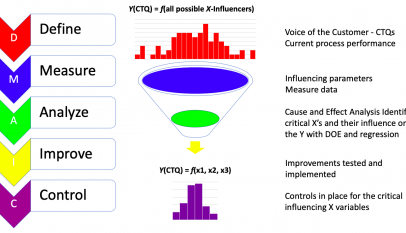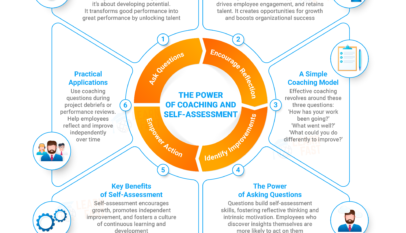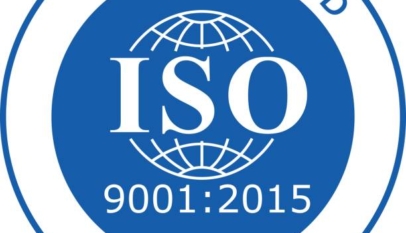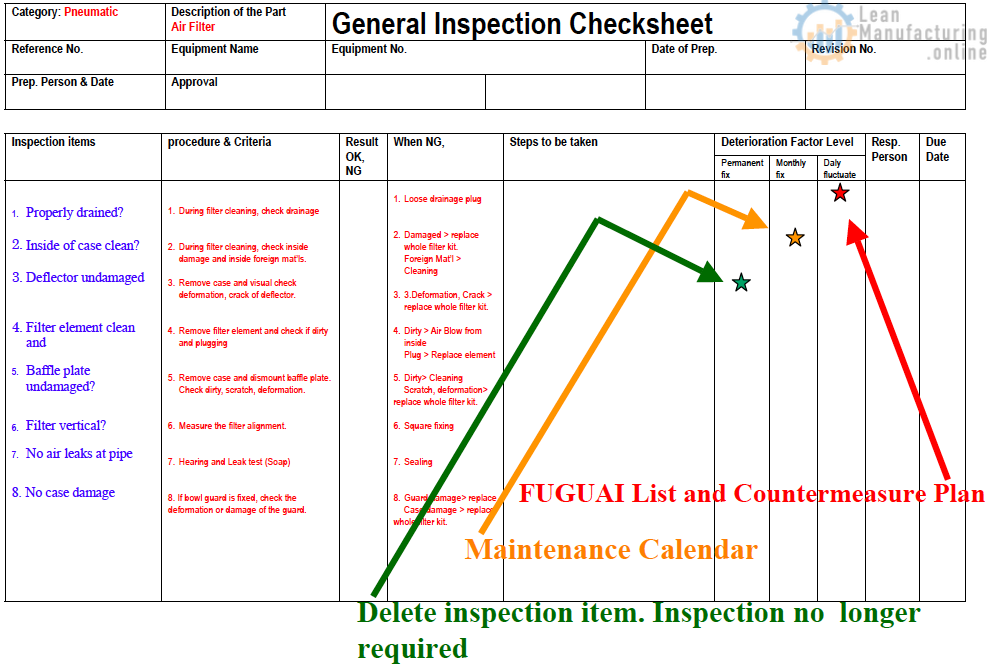The manufacturing sector is highly competitive, and companies must continually improve their processes. In this article, we will discuss a step-by-step approach to continuous improvement in manufacturing. We will focus on collecting data for the process, prioritizing problems, monitoring defects, identifying the root cause of defects, standardizing the fix, and confirming the solution’s effectiveness.
Introduction
Continuous improvement is critical in manufacturing to maintain quality, increase productivity, and reduce costs. A step-by-step approach can help companies identify and eliminate defects in their processes. This approach can be applied to any manufacturing process and is especially useful for identifying the root cause of defects.
Step One: Collect data for the process.
The first step in continuous improvement is to collect data for the process. This includes identifying the inputs and outputs of the process and measuring its performance using key performance indicators (KPIs). The manufacturing industry’s KPIs may include defects per unit, cycle time, and first-time yield (FTY). Data can be collected manually or automatically, depending on the process’s complexity and the company’s available resources.
Step Two: Prioritize problems using a Pareto analysis.
Once data has been collected, the next step is identifying the most significant problems. This can be done using a Pareto analysis, which ranks problems by frequency or impact. This analysis can help identify and prioritize the most critical issues for improvement.
Step Three: Monitor defects using a control chart.
Once the top defect has been identified, the next step is to monitor it using a control chart. A control chart is a graphical representation of a process that shows how it varies over time. This chart can help identify when a process is out of control and when corrective action is needed.
Step Four: Identify the root cause of defects.
If the root cause of the defect is unknown, the next step is to identify it. This can be done using a cause-and-effect analysis or other problem-solving techniques. The goal is to identify the underlying causes of the defect and develop a solution to fix it.
Step Five: Standardize the fix.
Once a solution has been identified and refined, the next step is to standardize it. This involves documenting the solution and ensuring that it is integrated into the company’s standard operating procedures. In addition, the process’s PNCP (Procedures, Norms, Controls, Procedures) should be modified to reflect the new standard.
Step Six: Confirm the solution’s effectiveness.
The final step is to confirm that the solution is effective and FTY has increased. This can be done by monitoring the process and measuring its performance using KPIs. The answer can be integrated into the company’s standard operating procedures if the solution is effective. If further improvement is necessary, the continuous improvement process can be repeated, starting from Step One.
To summarize, continuous improvement is essential in manufacturing to maintain quality, increase productivity, and reduce costs. A step-by-step approach can help companies identify and eliminate defects in their processes. This approach can be applied to any manufacturing process and is especially useful for identifying the root cause of defects. By following these steps, companies can continuously improve their processes and stay ahead in a highly competitive industry.
















